Maritime Decarbonization Size
Maritime decarbonization Market Growth Projections and Opportunities
The Maritime Decarbonization Market is currently shaped by various market factors that drive the industry's transition towards more sustainable practices. One significant factor is the increasing global awareness and concern about climate change. As governments, industries, and individuals recognize the impact of carbon emissions on the environment, there is a growing consensus to reduce the carbon footprint across all sectors, including maritime.
Stringent environmental regulations and international agreements further contribute to the market dynamics. Regulatory bodies such as the International Maritime Organization (IMO) have implemented measures like the International Maritime Organization's Initial GHG Strategy, which aims to reduce total annual greenhouse gas emissions from international shipping. These regulations act as catalysts, pushing the maritime industry to adopt cleaner technologies and invest in sustainable solutions to comply with the established standards.
Technological advancements play a pivotal role in shaping the Maritime Decarbonization Market. The development and adoption of innovative technologies such as alternative fuels, energy-efficient propulsion systems, and renewable energy sources are crucial in reducing carbon emissions from maritime activities. The market is witnessing increased research and development efforts to discover and implement solutions that align with the industry's decarbonization goals.
Economic factors also influence the market dynamics of maritime decarbonization. The rising cost of traditional fossil fuels, coupled with the volatility in oil prices, encourages the maritime sector to explore and invest in alternative, cost-effective energy sources. While the initial investment in green technologies may be high, the long-term benefits of reduced operational costs and compliance with environmental regulations make it an economically viable option for many shipping companies.
Moreover, market demand for sustainable and eco-friendly transportation solutions contributes to the growth of the Maritime Decarbonization Market. Consumers, businesses, and investors are increasingly prioritizing environmentally responsible practices, leading to a rise in demand for greener shipping options. This shift in demand not only propels the market but also encourages companies to differentiate themselves by adopting sustainable practices, fostering a competitive landscape focused on decarbonization.
Global geopolitical factors also play a role in shaping the Maritime Decarbonization Market. Governments worldwide are recognizing the strategic importance of reducing dependence on traditional fossil fuels for national security and geopolitical stability. Initiatives and policies promoting the use of cleaner energy sources in the maritime sector contribute to a more sustainable and resilient global energy landscape.
The availability of financial incentives and support mechanisms further accelerates the adoption of decarbonization measures in the maritime industry. Governments and international organizations often provide financial incentives, grants, and subsidies to encourage companies to invest in green technologies and practices. This financial support helps overcome the initial barriers to entry for many businesses and fosters a positive environment for the growth of the Maritime Decarbonization Market.
The Maritime Decarbonization Market is influenced by a combination of factors, including global awareness of climate change, stringent environmental regulations, technological advancements, economic considerations, market demand for sustainable solutions, geopolitical factors, and financial incentives. The convergence of these factors creates a dynamic landscape that drives the maritime industry towards a more sustainable and environmentally friendly future. As the market continues to evolve, collaboration between governments, industry stakeholders, and the research community will be essential to navigate the challenges and unlock the full potential of maritime decarbonization.
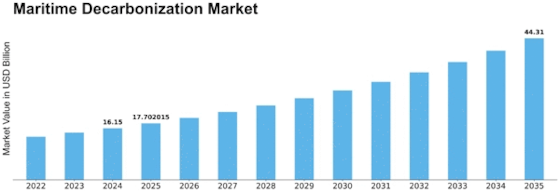

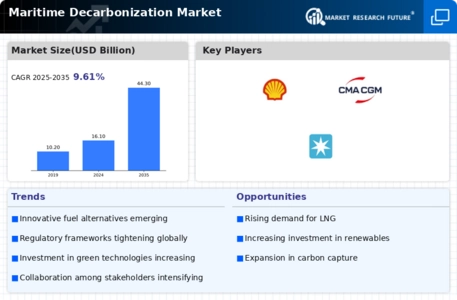
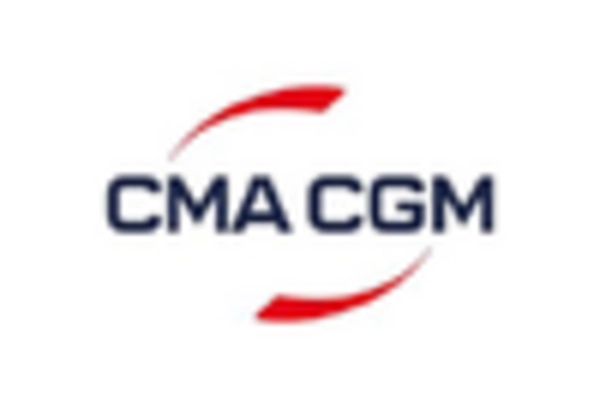
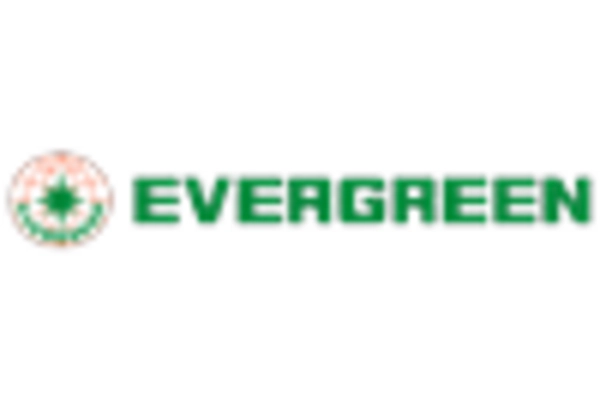
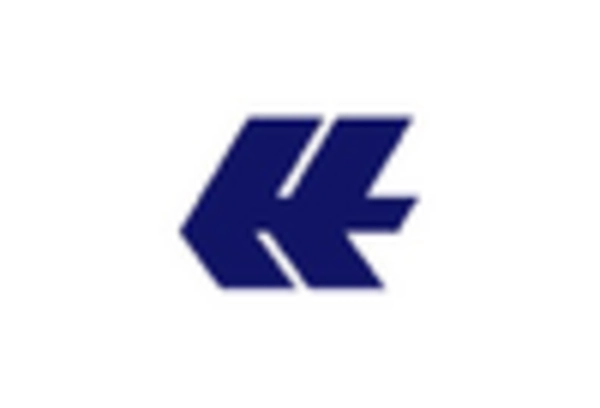
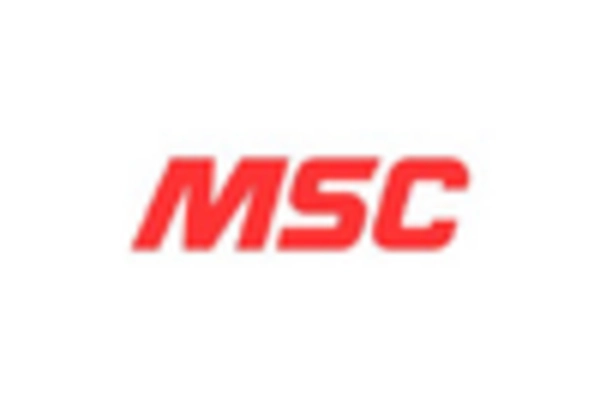











Leave a Comment